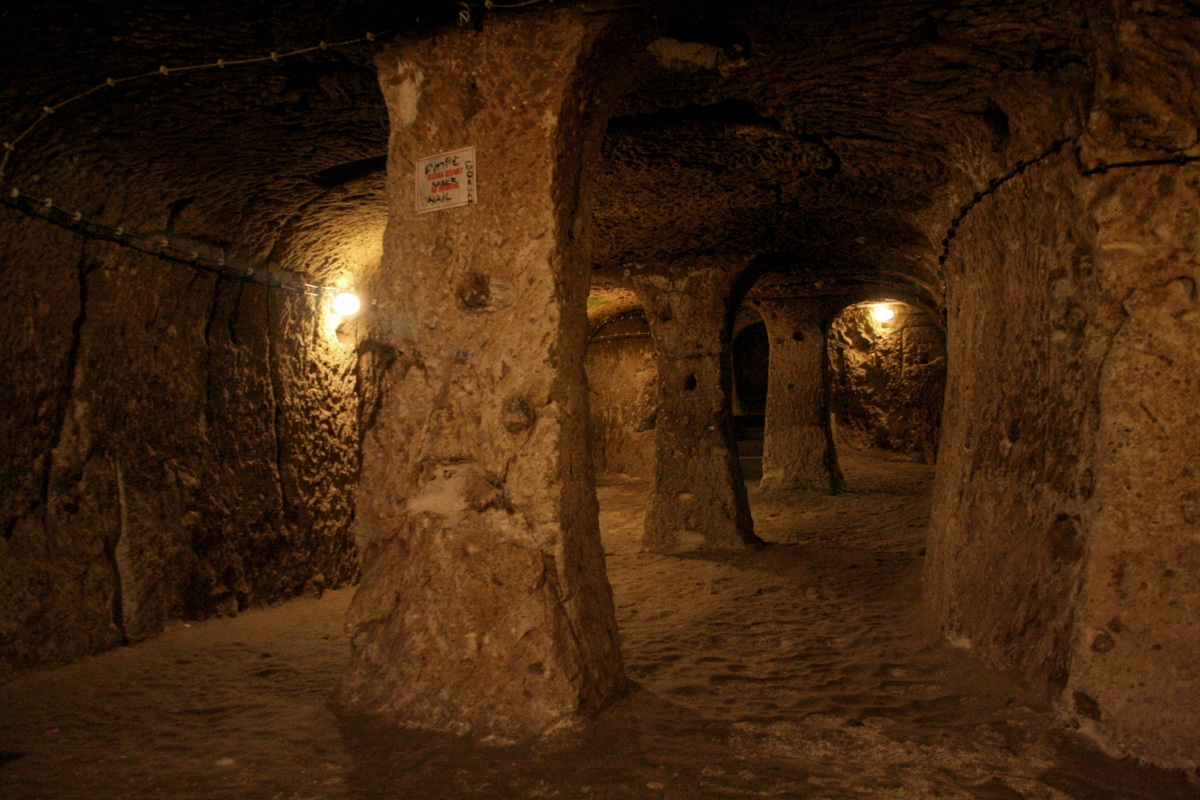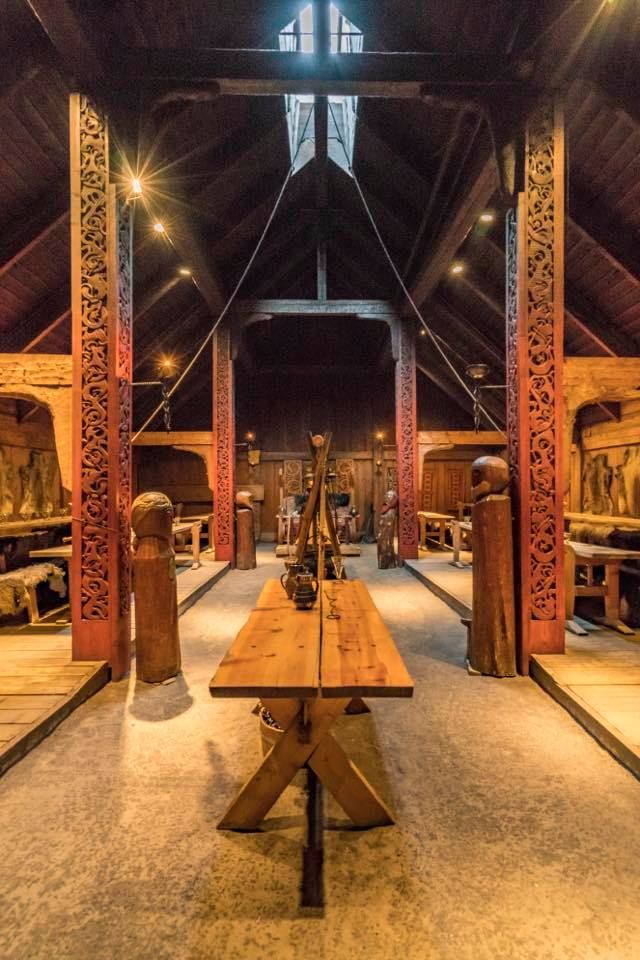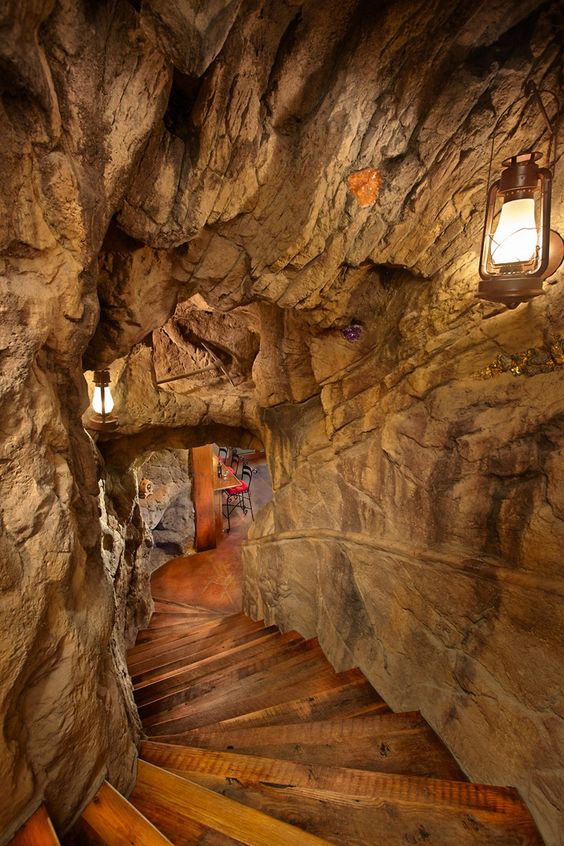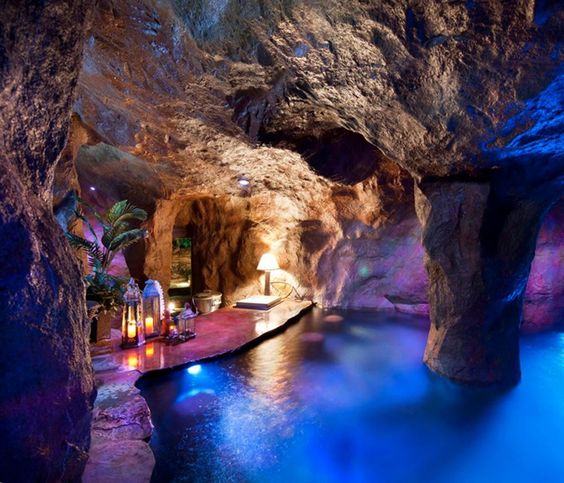Dhanû Feasting Hall
Home and hearth - just mind the doorway.The Feasting or Clan Hall is a central pillar in Dhanû society, a place where they sleep and socialize, celebrate and mourn. Every clan has one, from where their nobles rules and their trophies are displayed. In their entirety, they are some of the largest and elaborate structures in Dhanû with clans often competing to own the best one.
Layout
The Antechamber
Each Hall opens with the antechamber, usually one or two room that connect into the rest of the cavernous structure. Especially ostentatious Halls can have several more, but to the practical Dhanû such flair is foolish. The antechamber is not only where guests first arrive but also where attackers are greeted. They form the first line of defense in case of invasion and tend to become stripped bare of any luxuries in times of war.
The Main Hall
The heart of any clan is the main hall. It is the court of the nobles, the place where they feast or meet and talk. Most are also the only way to reach the other parts of the Clan Hall, though some clans carve paths around it straight from the antechamber. They tend to be large, with a high domed ceiling and columns to support it. While most clans try to make their Halls into a relatively even shape, few have the space and caverns suited for it. For this reason, Clan Halls can be come in many different configurations. The main hall is a large, open space with tables, seating areas and pits. It is where most of the Clan's trophies are kept, typically hung from the walls or ceiling. Passages branch out from the sides of the Hall, leading to the other parts of the Hall. Depending on the wealth of the Clan, the main hall can be little more than a roughly hewed cavern littered with carpets and meager displays of glories to vast and beautiful.
Example Hall: The Pit of Yoth When excavating their Hall, the Yoth punched through into a cavernous shaft that plummet into darkness below. As a result, the Main Hall of Yoth is carved around the shaft with open windows into the darkness. While only about ten meters across, the shaft is far deeper and the Clan Hall loops around it for several stories. Rumors persist that the Yoth keep something at the bottom - something hungry.
The Common Rooms
The poor and the common folk sleep in large barracks or halls. Some are little more than cramped passages with bed hollowed out from the stone on either side, while others are large open rooms with beds and some amenities. Few have their own rooms, usually reserved for senior warriors and officers or those with particularly valuable skills. Although they do not compare to the noble quarters, they usually have a door and enough space to move around comfortable. In particularly populous or poor clans, beds in the common halls are sometimes shared in shifts. Clans that are better off typically give warriors a space of their own when they can, but commoners have to take what they can get.Storage And Work Rooms
The rest of the Clan Hall are a series of rooms dug out for the purpose of storing supplies and equipment or to work some craft. Different Halls have different requirements, with some preferring to keep their forges outside the Clan Hall entirely or simply lacking the space. Every Hall has a kitchen and a larder, usually located away from the rest. Kitchens especially have smoke-shafts cut out into the ceiling for the smoke from cooking. These become coated in black smoke over time and cooking must sometimes stop if the smoke-shaft fills with too much smoke. Other workshops maintain equipment, sew clothing or are just a pleasant place to nap without being disturbed when not in use.Noble Quarters
Usually located behind the hall, the noble quarters is home to the elite of the clan. It is where the clan-leader and her family live, the most honored warriors and poets, its master craftsmen and most treasure guests. These are more spacious than even the individual rooms in the common halls and the stone is typically smoothed over and engraved. If the caverns where the Hall is built has any space of particularly beauty such as quartz-covered walls or veins of cheap but pretty gems, that is usually where the Noble Quarters are built.The Quarter often contains additional rooms for the pleasure and comfort of its inhabitants. Private bars where they can drink and talk away from the commoners, meeting rooms, private armories and bathrooms are all frequent additions for those who can afford them. Others have personal collections of art and trophies, or Shikei shrines where they house the heads of their ancestors and of hated foes. While similar rooms may exist in the Common Rooms or connected to the main hall, they are always smaller and far less decorated.
Some warrior-nobles of Dhanû shun such luxuries and instead chose to live simple, spartan lives. These are few and far between, with most enjoying their privilege.
Dhanû One of the great city-states of the Inner Shell, Dhanû is located in the caverns of the Sheoin Region. It is a city of proud warriors and poets, and a society bound together by a web of obligation and social expectation. Read More About Dhanû
Cave-Architects
There are several schools of thought when it comes to the correct way of constructing a clan hall. Masters typically teach to apprentices across Clans, in one of the few instances where such cross-clan cooperation is not only tolerated but expected. It is a rare and valuable skill, with some clans forced to hire others for their planned Hall or expansion.Such cooperation do not extend across different ways of building. Each school is sure of their way and everyone else is an idiot. Debates between architects are heated and prone to end in a brisk fist-fight.
Light
Few rooms in the traditional Hall uses fire for light, instead relying on Ahi Bug lanterns, bioluminscent mushrooms or caged float-fish to illuminate the darkness. Even so, some parts of the Hall are perpetually dark when not in use. Evil spirits are said to grow in such gloom and most Clans make sure to bring light to every part of their hall at least once per season.Hot and Cold
Many Halls are consist of cramped tunnels and passages that connect to larger cavernous rooms. This far from the cold of the Lost Lands, the temperature is hot and often dank. Ice is sometimes brought in to cool some parts of the hall, such as the storage rooms or nobles quarters while others simple have to make due. Dress codes for most social events tend to be light and breezy.Coffins Even with many warriors sleeping in barracks, there is rarely enough room for everyone. The poor and the junior are often assigned so-called "Coffins" - rooms that are little more than a bed and perhaps a chest for storage. Some are so cramped that even turning is difficult.














I get the feeling you've really thought this through! The halls winding through the rock as they work around springs or natural caverns, the nobles getting the prettier rooms, the fistfights between architects, all that rings true to me. (Especially the last one-it is rare that I meet a senior engineer who does not think they are more correct than all the other engineers.) The images you chose for the layout really help set the mood and help visualize what it would be like to live underground. The sidebar notes on light, climate, and sanitation are all great details! I do have one question - how hard do the clans work on expanding their halls? Is it constant work, with the commoners spending time to extend the clan's base every day? (If I was a commoner, and I could afford a chisel, I'd be working a little each day to build a bigger room for my family.) Is it specialist work that requires skill, and therefore is only done with great expense and any commoners who try to go it alone will be punished? Does it require a permit from the larger society, to keep a check on the size of the clans? Thanks for posting this for review, I enjoyed it!
Thank you for the comment and the read! :D To answer the question: Well, that's complicated. The problem with unrestricted expansion is that it can (and has) lead to collapses and structurally unsound hollows. I'll try to remember to add something about that to the article! It depends on how the Hall is located. Like the example, they pretty much have to dig straight down if they want to expand - and there's something down there. It's a mix: since humanity's pretty much evolved underground, they've gotten pretty good at digging. I'll see if I can think of some stuff to add about expansion!
Creator of Araea, Megacorpolis, and many others.